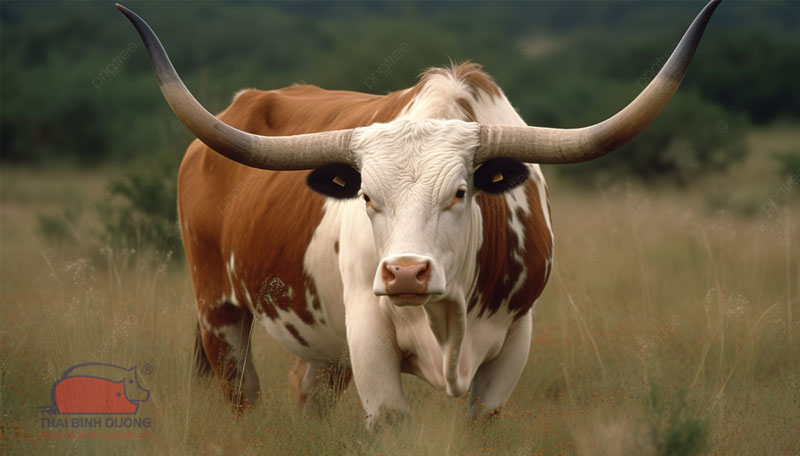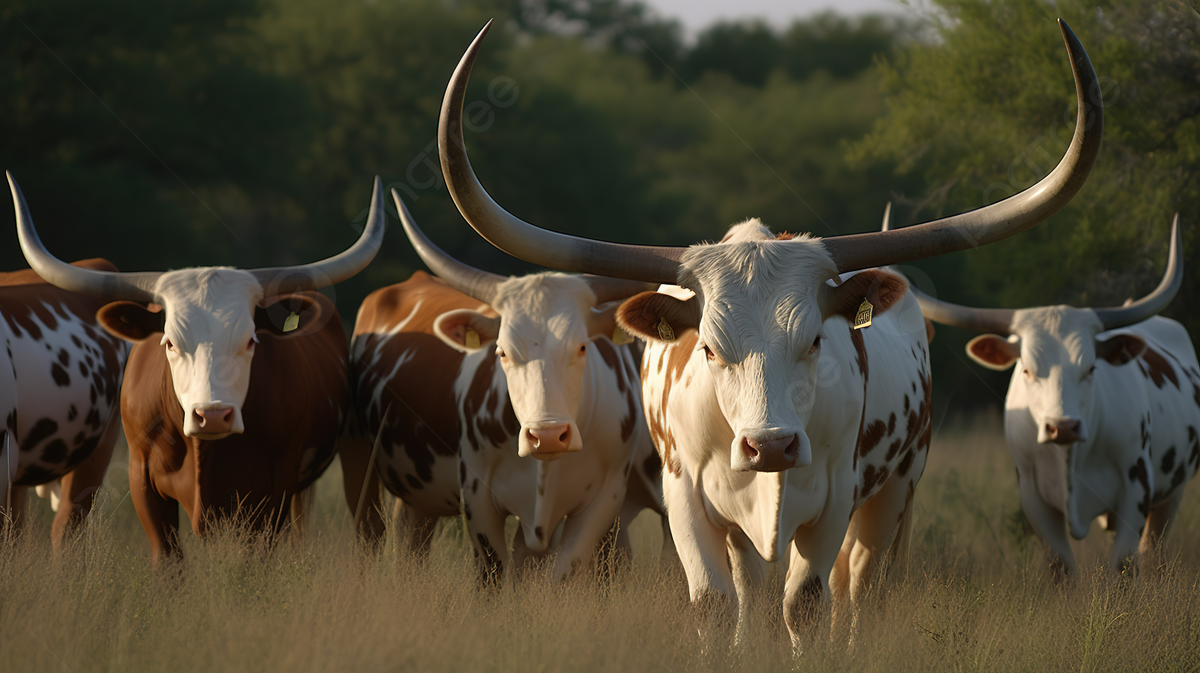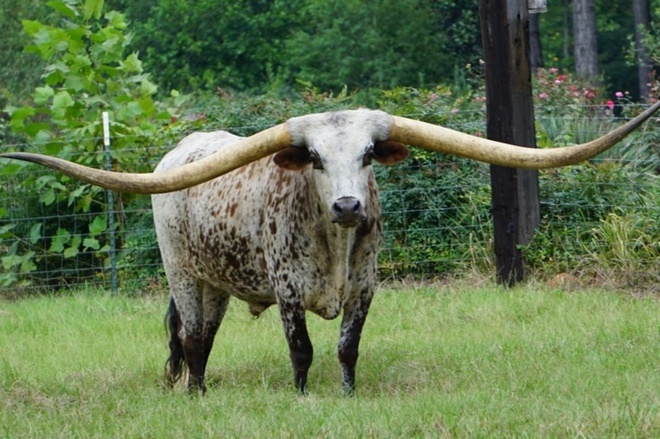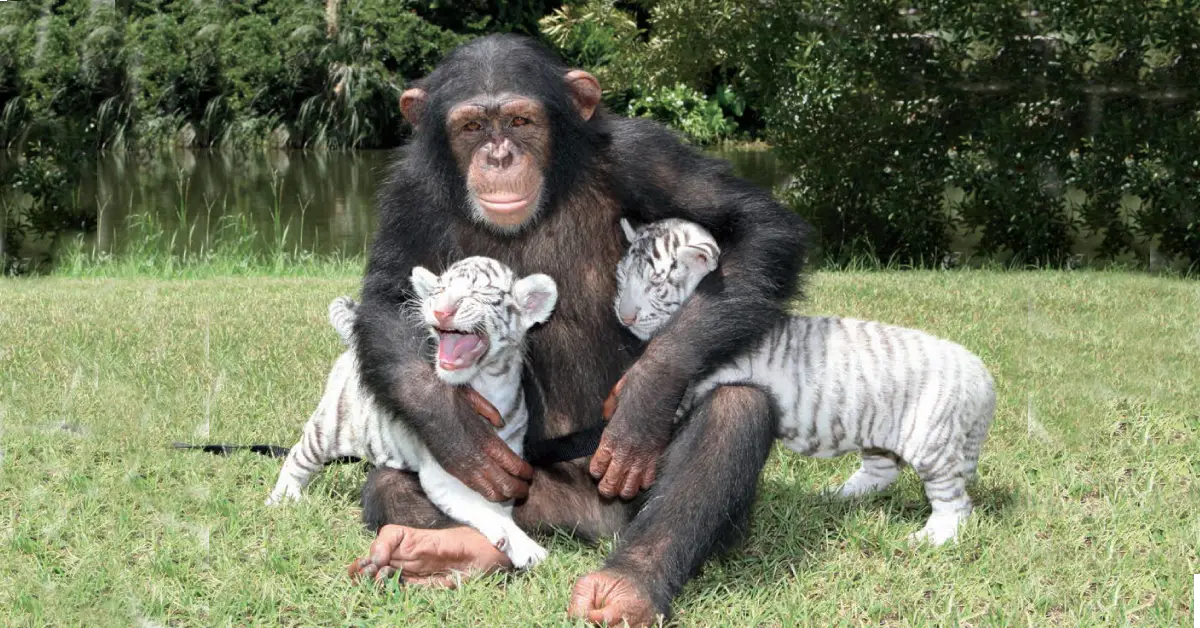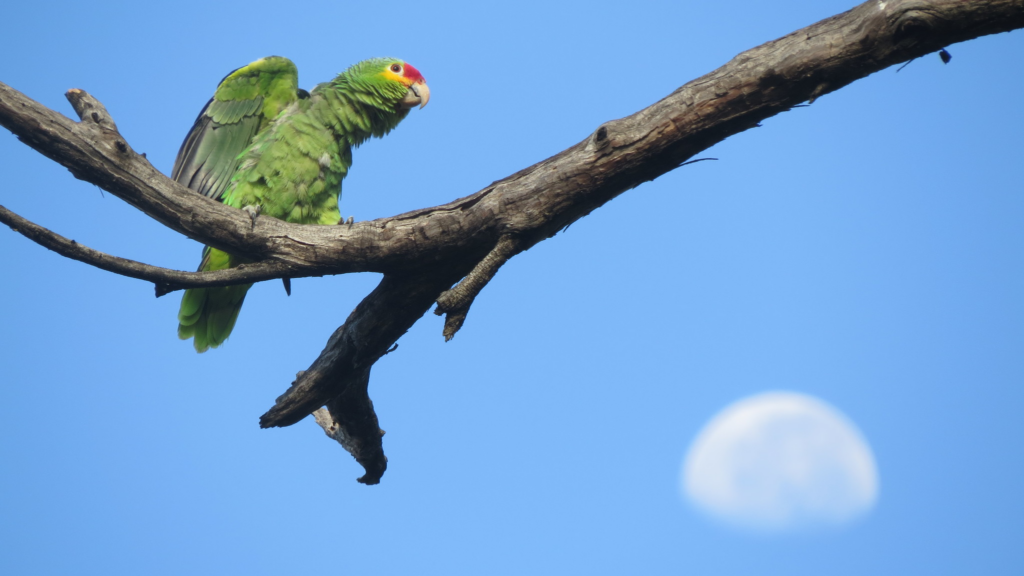Longhorn cattle are an iconic symbol of the American West, renowned for their distinctive long horns that can span up to seven feet from tip to tip. Originating from Spanish cattle brought to the Americas in the late 15th century, these hardy animals have adapted to various climates and terrains, making them a versatile breed.
Unique Characteristics
Longhorns are known for their resilience and ability to thrive in harsh conditions. Their long legs and lean bodies allow them to cover large distances in search of food and water, a trait that was crucial for their survival during the long cattle drives of the 19th century. The breed is also celebrated for its diverse coat colors, ranging from solid hues to speckled patterns, adding to their visual appeal.
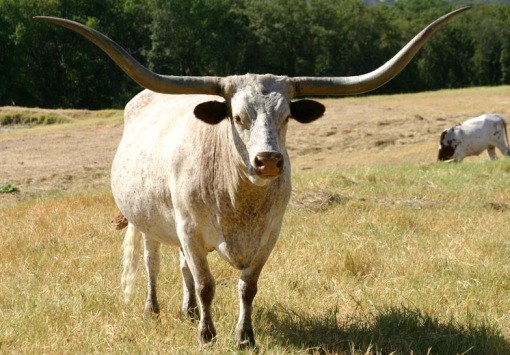
Historical Significance
In the mid-1800s, longhorns played a pivotal role in the cattle drives that shaped the American frontier. Cowboys herded these cattle from Texas to railheads in Kansas, where they were then transported to markets in the East. This era of cattle drives, known as the “Open Range,” was vital in establishing the beef industry in the United States.
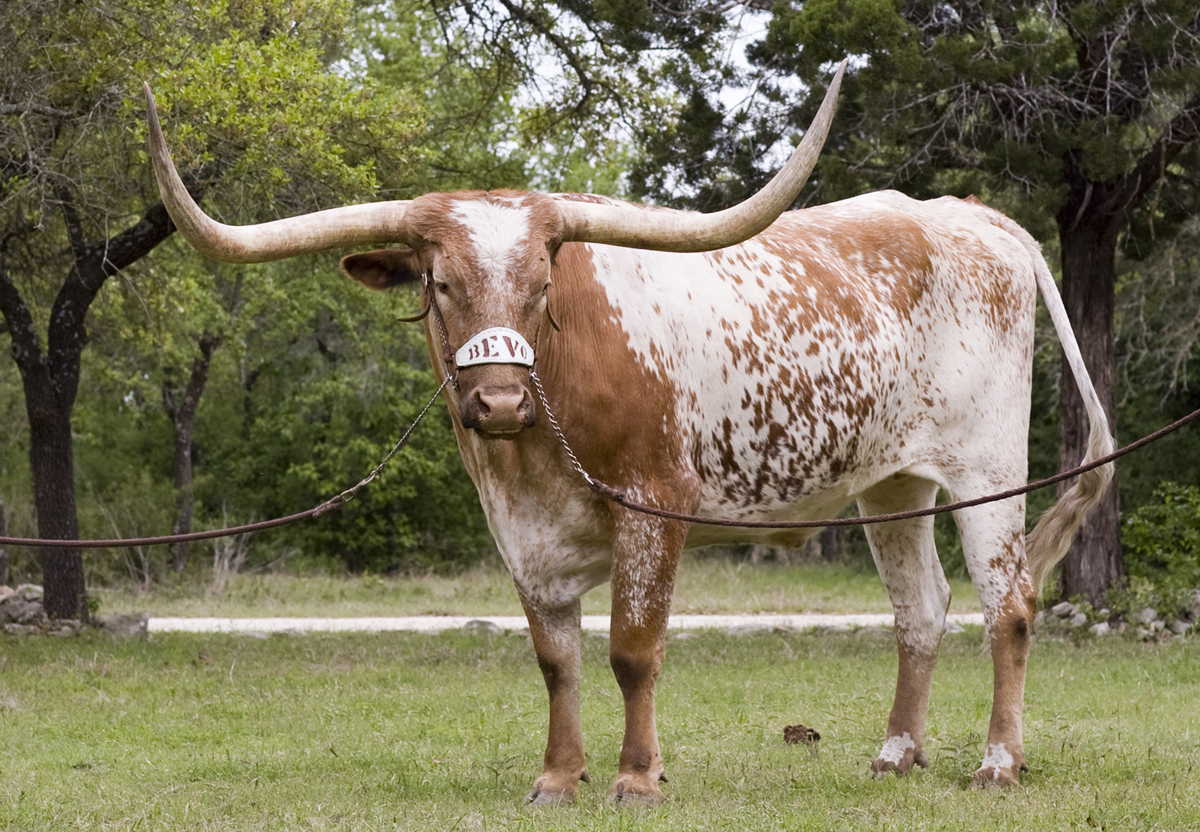
Modern-Day Importance
Today, longhorn cattle are not only valued for their historical significance but also for their ecological benefits. They are used in rotational grazing practices to maintain healthy grasslands and prevent overgrowth of invasive plant species. Their hardiness and low-maintenance nature make them a popular choice for ranchers looking to preserve traditional ranching methods while promoting sustainable agriculture.
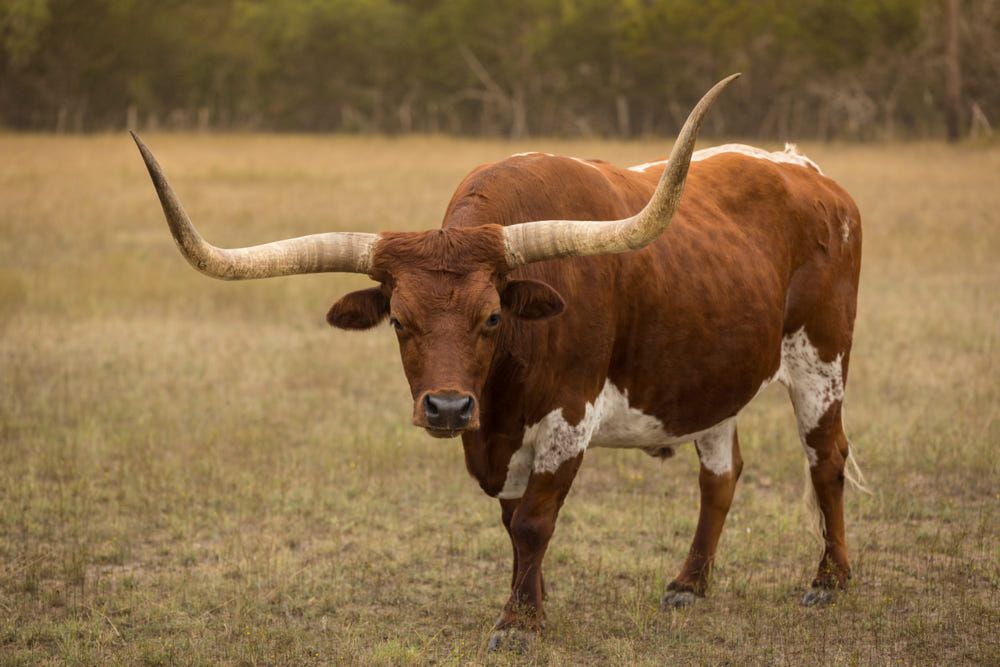
Conclusion
Longhorn cattle continue to captivate with their impressive horns and storied past. As living relics of American history, they serve as a testament to the ingenuity and resilience of both the animals and the people who raised them. Whether admired for their unique appearance or their contributions to agriculture, longhorns hold a special place in the tapestry of American culture.
